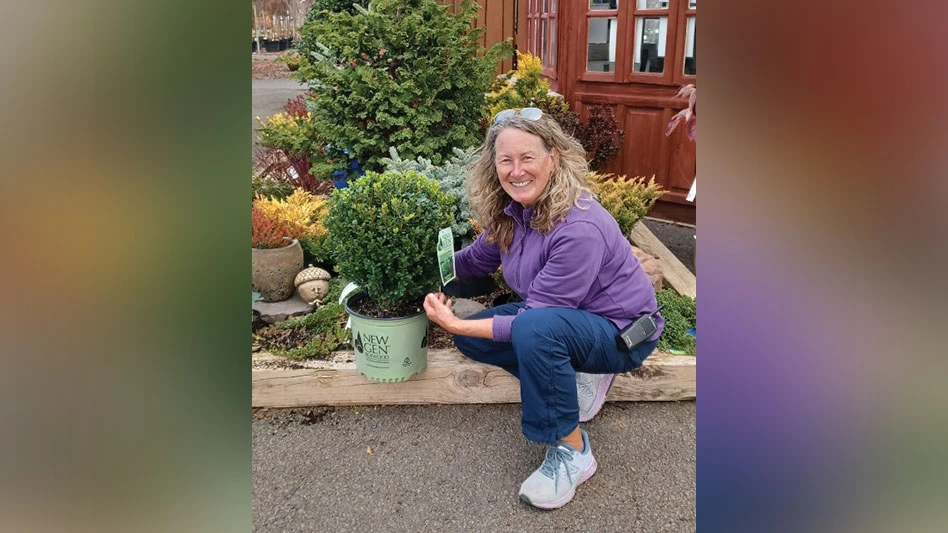
Photo provided by Diane Blazek
During the annual membership update meeting, the National Garden Bureau (NGB) and the All-America Selections (AAS) shared some big news: the introduction of a houseplant category to the NGB’s “Year of the…” program and three new AAS trial programs.
The first houseplant that will be featured in the “Year of the…” houseplant category is Peperomia, coming in 2022, and the three new AAS trial programs are: Edible Container, Ornamental Seed Container and Ornamental Non-Seed In-ground.
The new “Year of the…” addition is reflective of the NGB’s capability to adapt as gardening trends evolve, and Diane Blazek, executive director of the NGB and AAS, says the expansion was natural, considering the group’s longevity.
“Last year, we celebrated our 100th anniversary and there's things that are remnants of that. We started as a seed organization, so it was essentially flowers and edibles. And over the years we have expanded to basically include anything that somebody might grow,” she says.
The NGB added flowering shrubs to its “Year of the…” program in 2020, and perennials and bulbs were added five years prior.
“This whole program has been around for 35 years now. It just made sense to have all these different categories that actually cover everything that you might put in your home or garden,” Blazek says.
When it came to choosing Peperomia, Blazek approached the process with the same method they use when choosing other “Year of the…” crops.
“I talked with several foliage growers and wanted to approach it from several standpoints: Is it easy to grow? Are there a lot of different varieties? Is there any new breeding work being done with new varieties coming in?” she says. “And in looking at everything, there's a lot that fit that category, but we just decided peperomia seemed to be like one of the more popular ones right now.”
As for the three new AAS trials — Edible Container, Ornamental Seed Container and Ornamental Non-Seed In-ground — Blazek says it ties back to the organization’s history.
“We started out within ground trials when we started the vegetative trial five or six years ago. That one was in container, just because most of the vegetative products were kind of designed and geared for container growing, but we realized that there's more and more safe crafts that are being designed for containers,” she says.
Blazek also notes that now there are more vegetative crops that can grow in-ground. Breeders are also rising up to meet demand, and many offer compacted edibles that will degrade in containers. COVID-19 triggered a tidal wave of gardeners for 2020, and in adding new container trials, breeders can ensure positive outcomes at the home gardener level.
“Patio and balcony gardening is here to stay, so we want to make sure the home gardener is successful. So, if we trial them in containers, then we can legitimately say, 'This one does well in containers.'”
With these new additions, she says the overall goal is to make the trials more inclusive.
“By talking to breeders over the past five to 10 years, they said, 'Well, I would have put this in, and it wasn't really the right category’ and that kind of thing. So, with all the changes we've made and a change in the rules, we're basically taking down all the barriers. If you have a new product that fits in, then you should be able to enter it,” Blazek says.
Latest from Nursery Management
- The Growth Industry Episode 3: Across the Pond with Neville Stein
- What's in a name?
- How impending tariffs and USDA layoffs impact the horticulture industry
- Shifting the urban environment
- These companies are utilizing plastic alternatives to reduce horticultural waste
- How to create a sustainable plant nursery
- Lamiastrum galeobdolon ‘Herman’s Pride’
- One of rarest plants on earth: Tahina spectabilis





